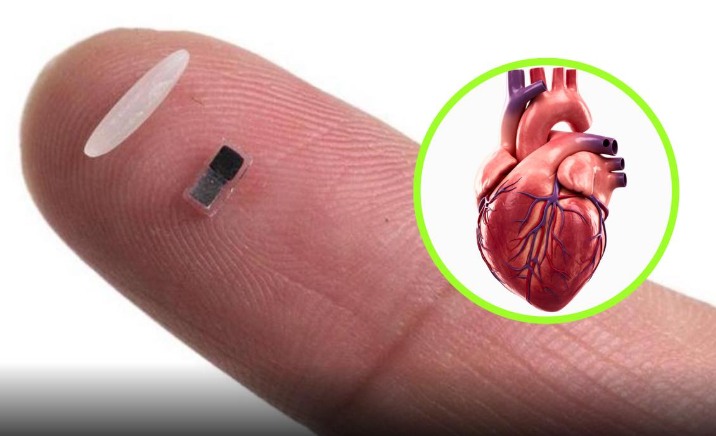
In a remarkable leap for medical technology, researchers have unveiled a pacemaker so minute it could vanish inside the tip of a syringe — in fact, it’s tinier than a grain of rice. Crafted with a focus on temporary cardiac support, this dissolvable marvel may soon reshape how doctors treat fragile newborn hearts.
Created by a team at Northwestern University, the device represents a major shift away from the bulky and invasive pacemakers traditionally used in cardiac care. Published in the prestigious journal *Nature*, the research reveals a device that doesn’t just perform — it disappears.
“For young patients, especially infants, size is everything,” said Dr. John A. Rogers, a leading figure in bioelectronics and one of the minds behind the innovation. “A smaller device reduces risk, simplifies procedures, and allows us to treat vulnerable patients more effectively.”
Dr. Igor Efimov, a cardiologist on the team, emphasized the urgent need for such a device. “Roughly one in every hundred babies is born with a congenital heart defect,” he explained. “Many only require a pacemaker for a few days post-surgery. Until now, that meant inserting a device — and then surgically removing it later. This pacemaker eliminates the need for that second operation.”
Light, Not Wires: A New Way to Beat
The pacemaker operates in tandem with a wearable patch that sits on the patient’s chest. This patch monitors the heart’s activity and communicates with the implant using light — not radio waves or wires.
When it senses the need for intervention, the patch emits a soft pulse of light that penetrates the skin and activates the implant. Inside, the pacemaker draws power from body fluids, turning them into usable energy to stimulate the heart.
This shift to optical control is key to the device’s ultra-compact size. “Light gives us precision without the bulk,” said Rogers. “That’s how we managed to shrink the pacemaker to this scale.”
The device has already demonstrated promising results in both animal testing and in donated human hearts, showing consistent pacing and minimal risk.
A New Era in Cardiac Healing?
Though the initial focus is pediatric surgery, the possibilities extend well beyond infants. The device’s small form factor could allow multiple implants to be placed throughout the adult heart — offering more precise rhythm control than ever before.
There’s even potential to pair this technology with artificial heart valves, reducing post-operative complications. And Rogers believes the applications go further still: “This approach to bioelectronics could eventually be used in everything from nerve stimulation to bone regeneration, even managing chronic pain.”
As clinical trials advance, this microscopic machine may soon deliver a giant leap in how we treat the human heart — offering healing without the burden of surgery, and pacing without permanence.





